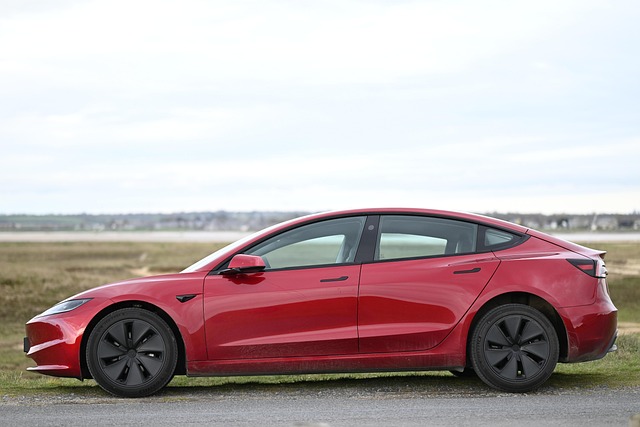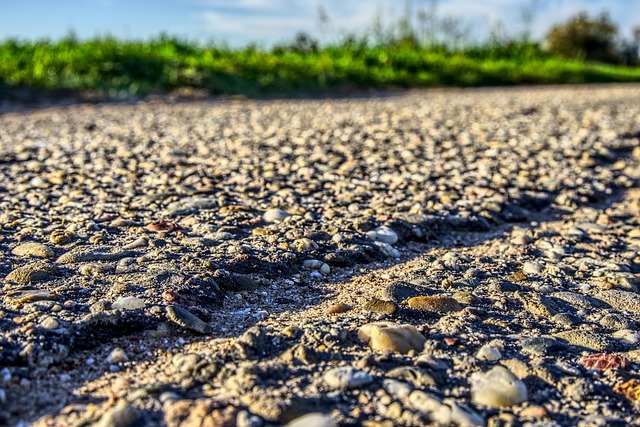Recent decades have seen climate‑driven extremes become a normal part of our world. Heatwaves, wildfires, hurricanes, and floods now occur with a frequency and intensity that surpass historical averages. These changes threaten ecosystems, human health, and the very infrastructure that supports modern life. Understanding the drivers of extreme weather, its impacts, and the pathways toward a sustainable future is essential for all sectors of society.
Why Extreme Weather Is Rising
The primary driver is the anthropogenic rise in greenhouse gases, which warms the atmosphere and increases the capacity of the water‑vapor cycle. This results in stronger storms, more intense heat, and a higher likelihood of drought and flooding. Key indicators include:
- Global temperature increase above 1.5 °C since pre‑industrial times.
- Accelerating sea‑ice loss and glacier retreat.
- Rising sea levels due to thermal expansion and ice melt.
When these factors cross critical thresholds, the climate system can shift into a regime of more frequent, violent extremes.
Impacts on People and Nature
Extreme weather puts ecosystems under pressure: forests face higher wildfire risk, coral reefs degrade from thermal stress, and wildlife migratory patterns shift. Human communities suffer from heat‑related illness, food shortages, and infrastructure damage. For instance, the 2019 Australian bushfire season caused loss of vegetation, disrupted tourism, and displaced small farming communities.
Coastal Cities and Rising Seas
A rapidly growing city below two meters of sea level has experienced a steady rise in water tables and stronger tropical cyclones. Aging storm‑drainage systems and outdated seawalls now struggle to keep pace with new realities, inflating insurance costs and forcing costly adaptation measures.
“The sea is not an external threat but a changing part of our environment that demands proactive, integrated solutions.” – Urban Climate Resilience Director
Building a Sustainable Future
Effective adaptation and mitigation require coordinated action across sectors. Core strategies include:
- Transition to renewable energy.
- Implement nature‑based solutions.
- Adopt climate‑resilient infrastructure standards.
- Promote transparent stakeholder engagement.
Renewable Energy
Solar, wind, and battery storage are becoming cost‑competitive. To accelerate the transition:
- Provide tax incentives for residential solar panels.
- Support offshore wind projects.
- Upgrade the grid to handle variable renewable supply.
- Electrify public transport.
Nature‑Based Solutions
Restoring ecosystems offers climate protection and ecosystem services. Key actions:
- Reforestation to sequester carbon and prevent erosion.
- Coastal wetland restoration to buffer storms.
- Urban green roofs and trees to mitigate heat.
Policy and Governance
Strong policy frameworks drive change:
- Carbon pricing to reflect environmental costs.
- Mandatory climate risk assessments for major projects.
- Funding for adaptation research.
- International agreements with binding emission targets.
Individual and Business Action
Personal choices shape the sustainable future:
- Adopt low‑carbon habits—reduce meat consumption and use public transport.
- Choose products with lower environmental footprints.
- Hold supply chains accountable for emissions.
- Participate in local resilience initiatives.
Conclusion
Extreme weather is a present reality demanding immediate, coordinated action. By integrating renewable energy, nature restoration, robust policies, and responsible individual behavior, societies can chart a path toward resilience and environmental excellence. The window for decisive action is narrow, but the collective will to build a sustainable future is within reach. Every stakeholder—from scientists and policymakers to businesses and citizens—holds a role in this transformative journey.




